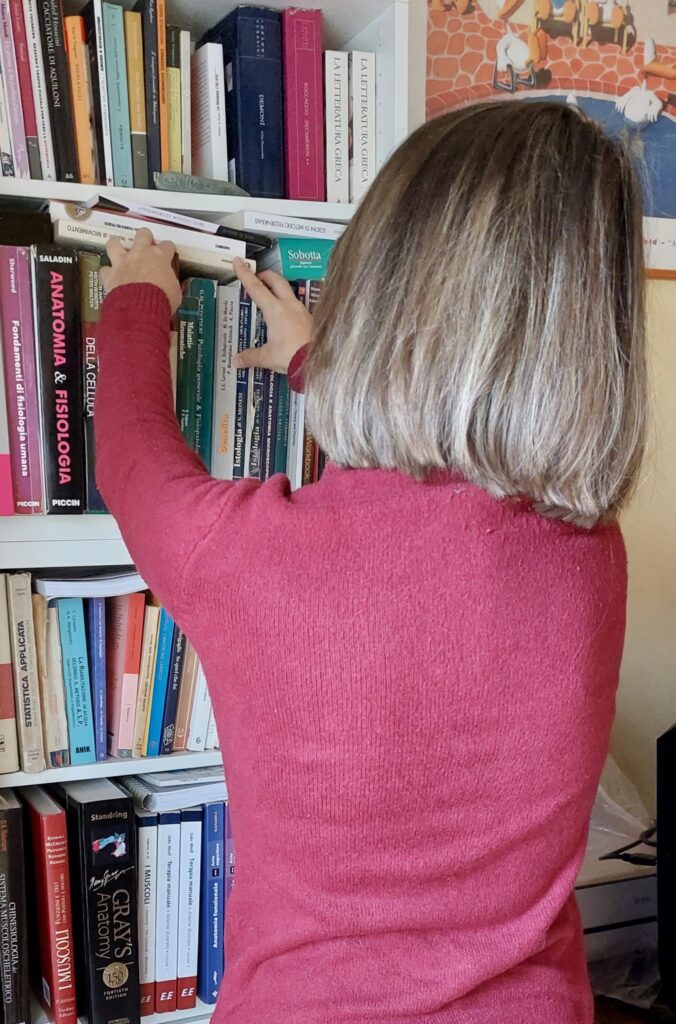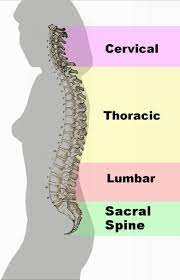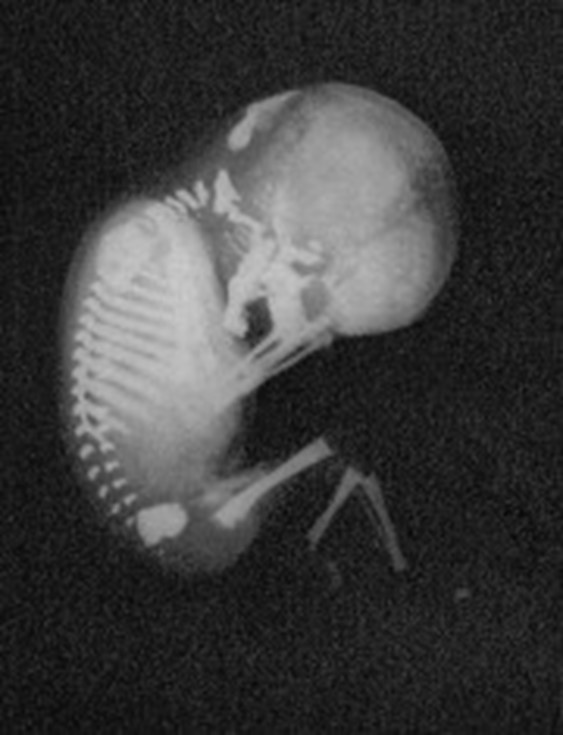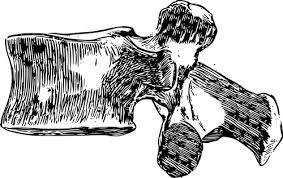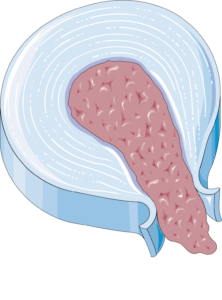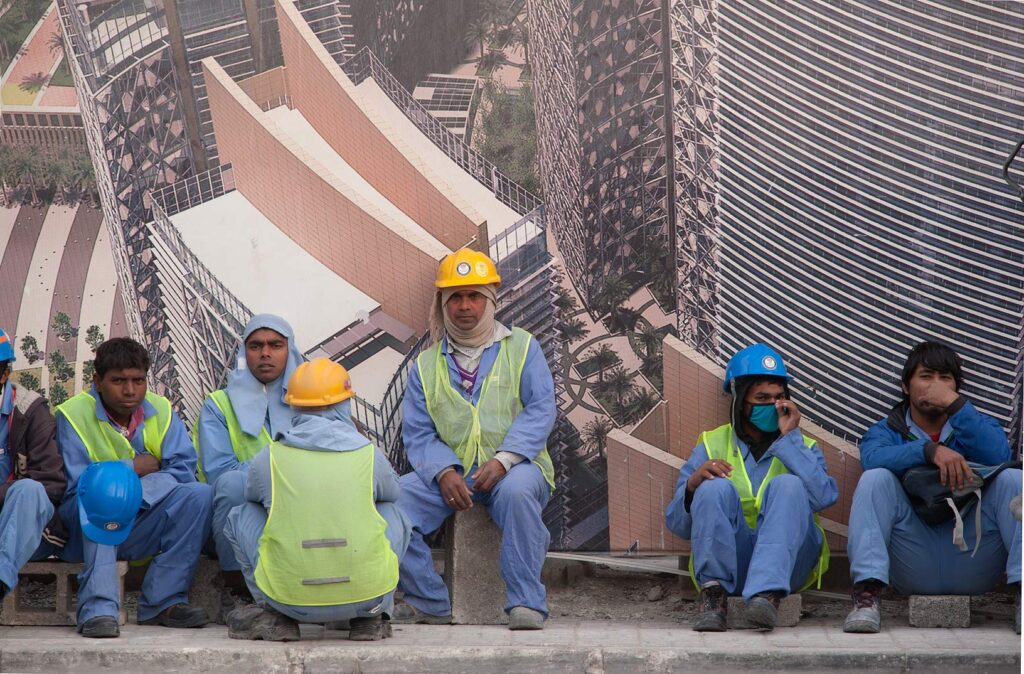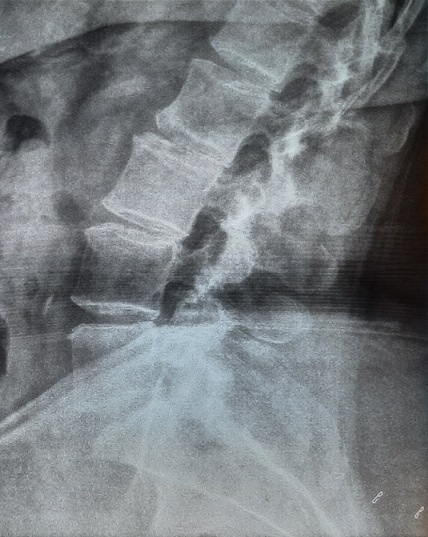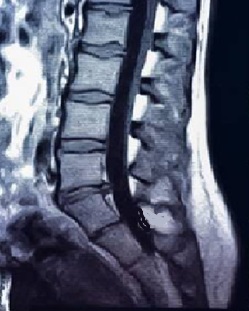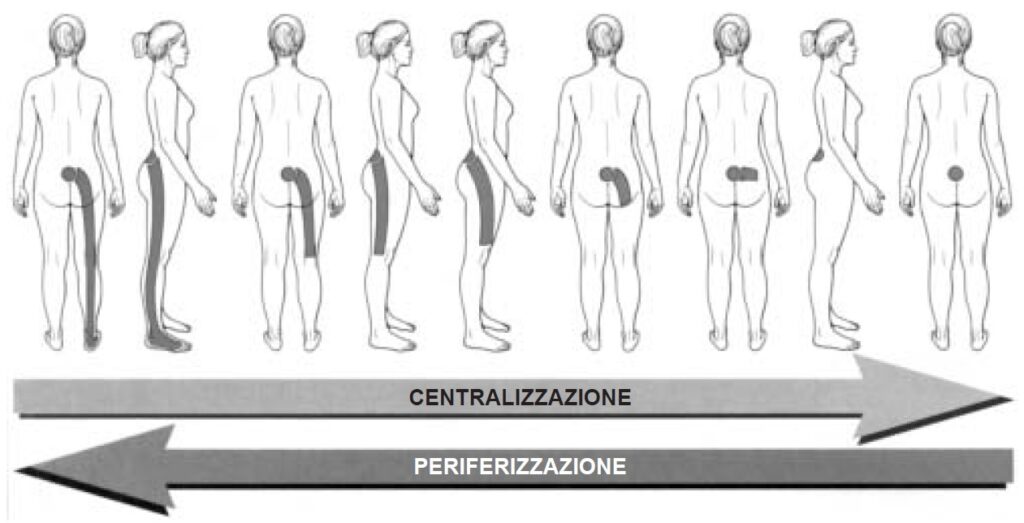Note
| ↑1 | Bagnall, K. M., P. F. Harris, and P. R. Jones. “A radiographic study of the human fetal spine. 1. The development of the secondary cervical curvature.” Journal of anatomy 123.Pt 3 1977: 777. |
|---|---|
| ↑2 | Been, Ella, Sara Shefi, and Michalle Soudack. “Cervical lordosis: the effect of age and gender.” The Spine Journal 17.6 2017: 880-888. |
| ↑3, ↑4, ↑5 | Morlachs, A. Mancini, C., and Antonio Mancini. “Orthopedic clinic” Piccin Publisher 1995. |
| ↑6, ↑7 | Carp, Year, et al. Management of degenerative disk disease and chronic low back pain. Orthopedic Clinics 42.4 2011 513-528. |
| ↑8, ↑13, ↑15, ↑21, ↑23, ↑43 | Brotzman, S. Brent, and Robert C. Manx. Clinical orthopaedic rehabilitation e-book. An evidence-based approach-expert consult. Elsevier Health Sciences, 2011. |
| ↑9, ↑10, ↑17, ↑20 | Perolat, Romain, et al. Facet joint syndrome: from diagnosis to interventional management. Insights into imaging 9.5 2018 773-789. |
| ↑11 | Borenstein, David. Does osteoarthritis of the lumbar spine cause chronic low back pain?. Current pain and headache reports 8 2004 512-517. |
| ↑12 | Manchikanti L, Singh V, Pampati V et al 2001 Evaluation of the relative contributions of various structures in chronic low back pain. Pain Physician 4 4 308–316 |
| ↑14 | Kalichman, Leonid, et al. Facet joint osteoarthritis and low back pain in the community-based population. Spine 33.23 2008 2560. |
| ↑16 | Perolat, Romain, et al. Facet joint syndrome: from diagnosis to interventional management. Insights into imaging 9.5 2018 773-789. |
| ↑18 | Manchikanti, Laxmaiah, et al. Management of lumbar zygapophysial facet joint pain. World journal of orthopedics 7.5 2016 315. |
| ↑19 | Kalichman L, Kim DH, That L, Germazi A, Hunter DJ 2010 Computed tomography-evaluated features of spinal degeneration. Prevalence, intercorrelation, and association with self-reported low back pain. Spine J 10 3 200–208 |
| ↑22 | Brotzman, S. Brent, and Robert C. Manx. Clinical orthopaedic rehabilitation e-book. An evidence-based approach-expert consult. Elsevier Health Sciences, 2011. |
| ↑24, ↑32 | Hoogendoorn, Wilhelmina E., et al. Systematic Review of Psychosocial Factors at Work and Private Life as Risk Factors for Back Pain. SPINE 25.16 2000 2114-2125. |
| ↑25 | Bernard BP, editor. Musculoskeletal disorders and workplace factors. A critical review of epidemiologic evidence for workrelated musculoskeletal disorders of the neck, upper extremity, and low back. Cincinnati – OH. National Institute for Occupational Safety and Health, US Department of Health and Human Services, 1997. |
| ↑26 | Burdorf A, Sorock G. Positive and negative evidence of risk factors for back disorders. Review. Scand J Work Environ Health 1997;23 4 243-56 |
| ↑27 | Fulani, Wilco C., et al. “Influence of gender and other prognostic factors on outcome of sciatica.” Pain 138.1 2008: 180-191. |
| ↑28, ↑29, ↑30, ↑31 | Hoogendoorn, Wilhelmina E. Physical load during work and leisure time as risk factors for back pain. Scand J Work Environ Health 25.5 1999 387-403. |
| ↑33 | Plan, Rahman, et al. “Obesity as a risk factor for sciatica: a meta-analysis.” American journal of epidemiology 179.8 2014: 929-937. |
| ↑34 | Hassan, Ahmed, et al. Chronic low-back pain in adult with diabetes: NHANES 2009–2010. Journal of Diabetes and its Complications 31.1 2017 38-42. |
| ↑35 | Eivazi, Maghsoud, and Laleh Abadi. Low back pain in diabetes mellitus and importance of preventive approach. Health promotion perspectives 2.1 2012 80. |
| ↑36 | Jimenez-Garcia, Rodrigo, et al. Is there an association between diabetes and neck pain and lower back pain? Results of a population-based study. Journal of Pain Research 2018 1005-1015. |
| ↑37 | Huh, Ingrid, et al. Does diabetes influence the probability of experiencing chronic low back pain? A population-based cohort study. The Nord-Trøndelag Health Study. BMJ open 9.9 2019 e031692. |
| ↑38 | Manchikanti, Laxmaiah, et al. Age-related prevalence of facet-joint involvement in chronic neck and low back pain. Pain physician 11.1 2008 67. |
| ↑39 | Schellinger, Dieter, et al. Facet joint disorders and their role in the production of back pain and sciatica. Radiographics 7.5 1987 923-944. |
| ↑40, ↑53 | Docking, Rachel E., et al. Epidemiology of back pain in older adults. Prevalence and risk factors for back pain onset. Rheumatology 50 2011 1645-1653. |
| ↑41 | Waddell G: The Back Pain Revolution. New York, Churchill Livingstone, 1998. |
| ↑42 | Jensen MC, Brant-Zawadski MN, Obucowski N, et al. Magnetic resonance imaging of the lumbar spine in people without back pain. N Engl J Med. Jul 14; 33 2 6973, 1994. |
| ↑44, ↑47 | Premkumar, A., et al. “Red Flags for Low Back Pain Are Not Always Really Red: A Prospective Evaluation of the Clinical Utility of Commonly Used Screening Questions for Low Back Pain.” The Journal of Bone and Joint surgery. American Volume 100.5 2018: 368-374. |
| ↑45 | Greenhalgh, S., and James Selfe. “A qualitative investigation of Red Flags for serious spinal pathology.” Physiotherapy 95.3 2009: 223-226. |
| ↑46 | Verhagen, Arianne P., et al. Red flags presented in current low back pain guidelines. Review. Eur Spine J 25 2016 2788-2802. |
| ↑48, ↑50, ↑51 | Verhagen, Arianne P., et al. “Red flags presented in current low back pain guidelines: a review.” European spine journal 25.9 2016: 2788-2802. |
| ↑49 | Henschke, Nicholas, Christopher G. Maher, and Kathryn M. Reef heap. “Screening for malignancy in low back pain patients: a systematic review.” European Spine Journal 16.10 2007: 1673-1679. |
| ↑52, ↑56 | Hoy, Damian, et al. “The epidemiology of low back pain.” Best practice & research Clinical rheumatology 24.6 2010: 769-781. |
| ↑54, ↑55 | Prevalence: number of cases at a particular instant. Incidence: number of new cases observed in a period of time |
| ↑57 | Brotzman, S. Brent, and Robert C. Manx. Clinical orthopaedic rehabilitation e-book. An evidence-based approach-expert consult. Elsevier Health Sciences, 2011. |
| ↑58 | Brotzman, S. Brent, and Robert C. Manx. Clinical orthopaedic rehabilitation e-book. An evidence-based approach-expert consult. Elsevier Health Sciences, 2011. |
| ↑59 | To the RCGP 1996 Clinical Guidelines for the Management of Acute Low Back Pain, London, Royal College of General Physicians, 1996. |
